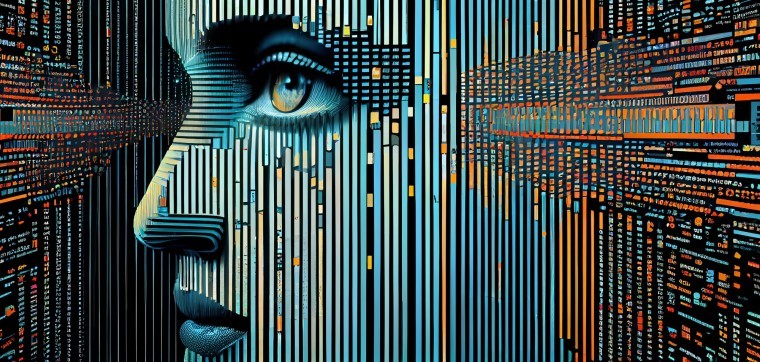Alege țara
-
Latin America
-
Central & Eastern Europe
-
Middle East & Africa
-
Asia
Central & Eastern Europe
Selectați un oraș
Blog
Fii primul care află noutățile!
This site is protected by reCAPTCHA and the Google Privacy Policy and Terms of Service apply









